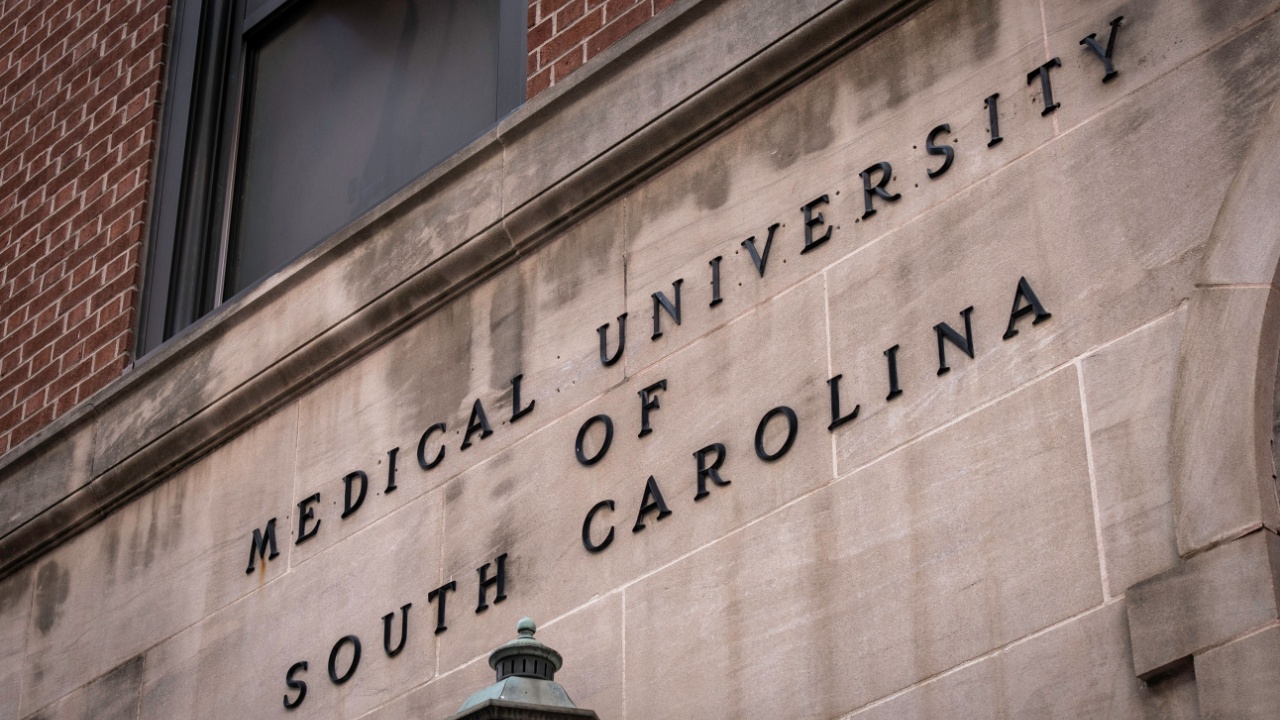It’s critical that higher education and employers get on the same page to ensure students have strong access to career pathways.
A new report from WGU Labs – The Broken Pathway – finds such partnerships “serve a critical role in seamlessly bridging the gap from academia to practical application, ensuring that students’ knowledge and skills align with real-world demands – ultimately fostering individual career success and driving economic growth.”
The report states, “…there is still no scalable model of how such partnerships can offer better pathways from learning to earning.” To address the issue, WGU Labs called on experts from higher education, workforce, philanthropy, and policy to examine what is impeding the development of strong partnerships.
It notes students want a greater return on their investments in postsecondary education. “Many graduates find it challenging to secure a job in a timely manner after obtaining their degrees and end up working jobs that don’t require a college degree.” Twenty-one percent of graduates say college didn’t provide needed job skills – while 50% didn’t apply to entry-level jobs because they felt underqualified.
Meanwhile, 72% of employers say they don’t see a degree as reliable – and 87% of executives say there is a skills gap in their organization.
The report says “persistent structural barriers” have impeded meaningful relationships between institutions of higher education (IHEs) and the workforce. These barriers include:
- Outdated structures and norms that lock IHEs into continuing to develop opportunities for students that don’t directly correlate with clear career opportunities.
- Misaligned incentives that dissuade productive collaborations, which is best evidenced by the generally low engagement of employers and higher education representatives.
- Resistance to timely innovations capable of connecting and preparing individuals with the skills needed to meet today’s rapidly changing workforce demands.
According to the report, “IHEs are frustrated with the low level of engagement from employers.” Among community college leaders, only 10% believe employers will offer job guarantees to students who complete a program.
There is a lack of understanding in the “language of skills” – with the report pointing out, “Employers struggle to identify the skills they need from talent. Institutes of higher education struggle to articulate the skills their programs provide.”
It adds, “That’s a big part of the reason why the diploma has become a stand-in for skills.”
The report continues, “Institutional resources to support learners on their career pathways are missing the mark.” This includes the low percentage of use by students of career center resources, as well as internships being underdeveloped and often inaccessible to “students living on limited income [who] simply cannot afford to take unpaid or low-paid internships.”
The report also notes, “The current learning model is one-way. We talk a lot about what higher education needs to do to prepare students for careers, but relatively little about what employers need to do to help recent graduates launch successful careers.”
Transitional periods are the most prone to leaks in the pipeline, according to the report. These timeframes can include the period between graduation and a new job or between an entry-level position before advancement into a more skilled job.
Strengthening Career Pathway Partnerships
On average, 69% of college students plan to stay in their regions post-graduation. IHEs, should be more focused on developing skills tailored to the local marketplace. Some ideas from the expert convening include:
- Create an entrepreneur temp agency aimed at aligning employer and institutional incentives to drive better career outcomes.
- On-the-job training (OJT) agreements between employers and higher education, wherein students spend some of their time working at a local business, gaining both academic credits and job experience simultaneously.
- Develop a program that guarantees interviews with more than a dozen employers – for students who successfully complete their programs.
- Develop a platform for peer advising, in which peers can connect with other peers for advice on courses and careers.
- Redesign and democratize the internship experience.
- Make learning continuous. Employers should see themselves as part of the training continuum.
The report concludes, “Leaders across higher education and the workforce have been talking about improving pathways to opportunities for some time now. But a collective frustration with progress is leading a new urgency to these efforts.”
Read The Broken Pathway here.











